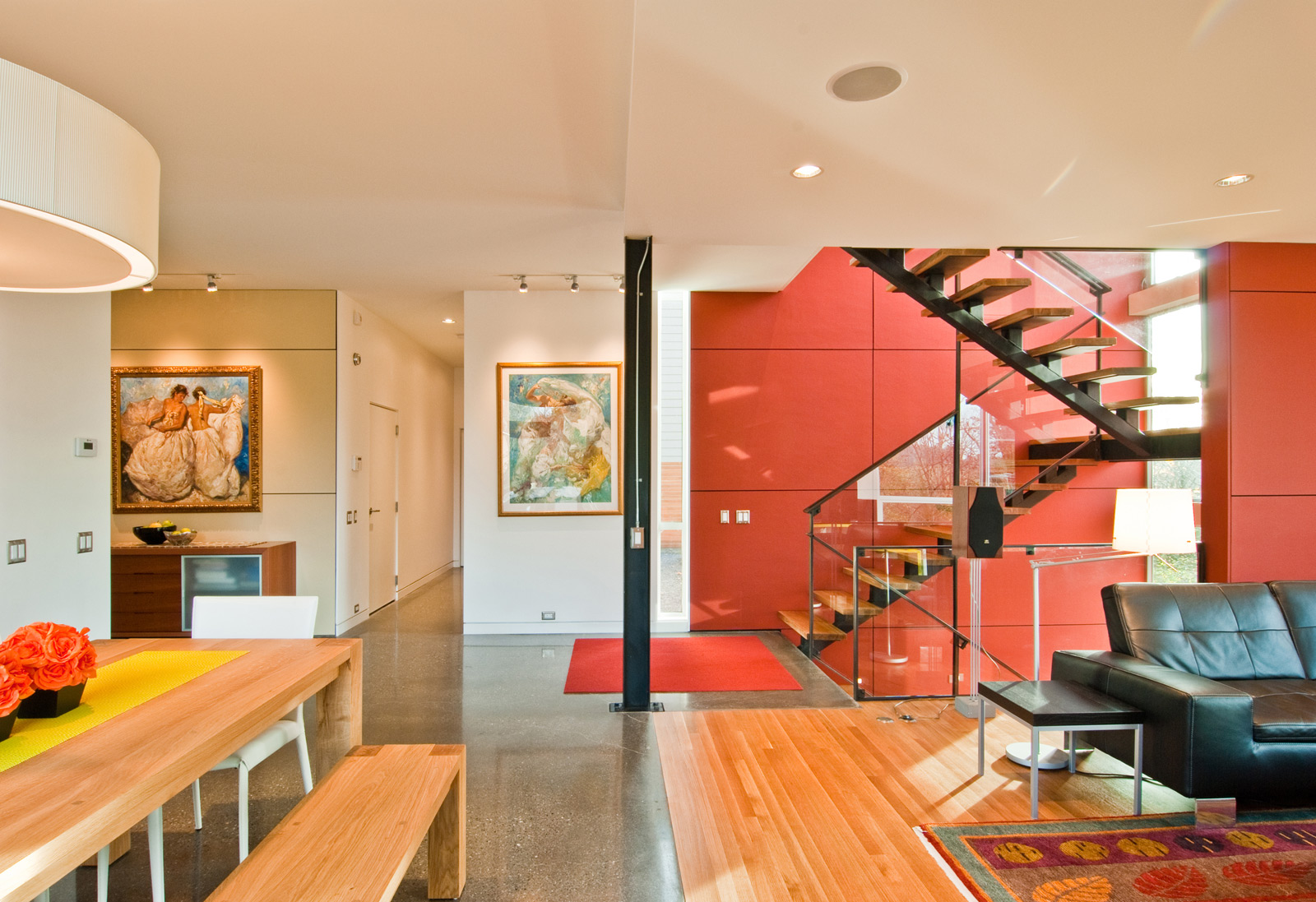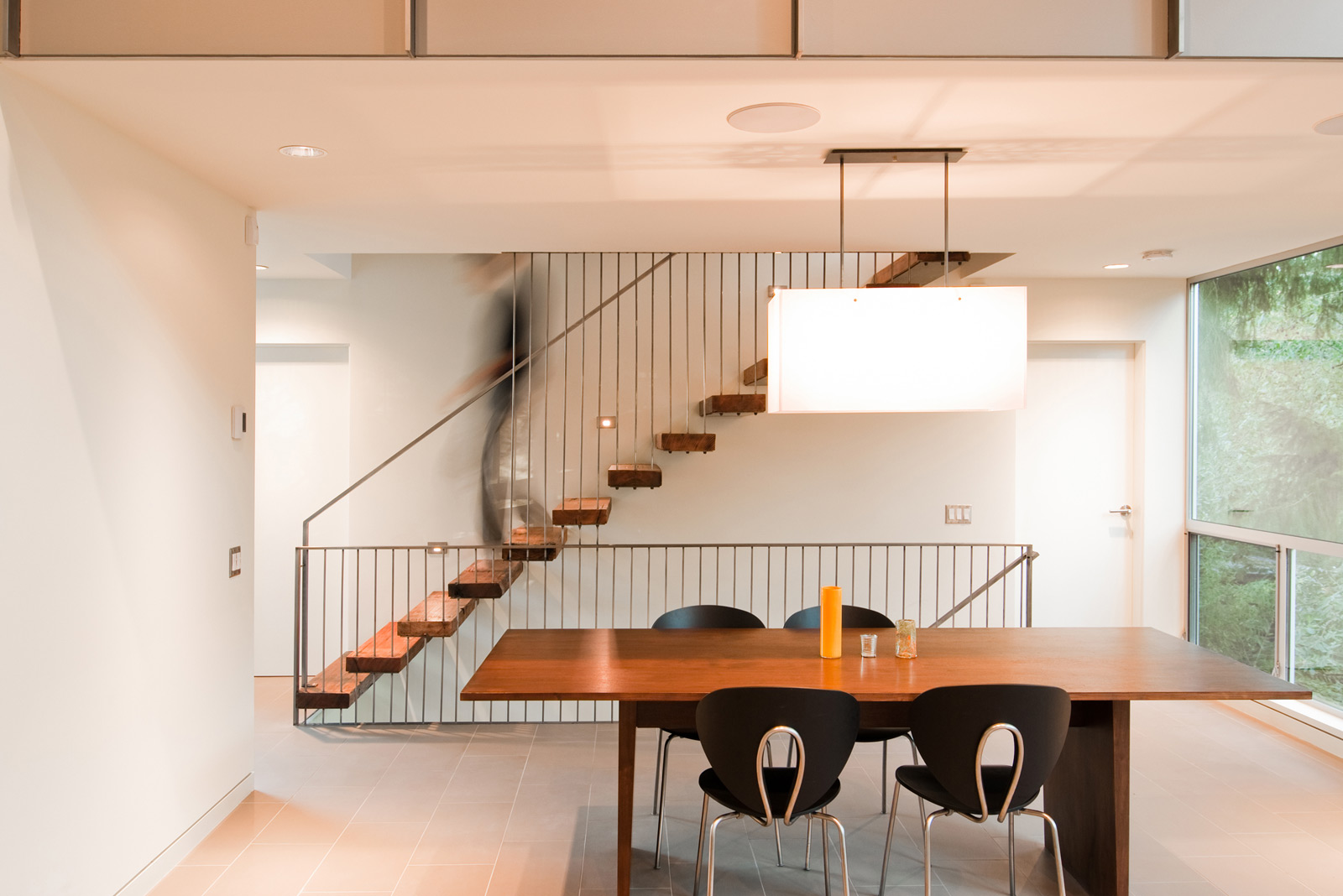
[All photos by BUILD LLC]
Okay, so the title is a bit dramatic. That project you spent so much time on technically exists, and it is making someone’s life better. But in terms of marketing your talents and promoting your business, if you don’t get digital high-quality finished images, that project is dead to the rest of the world. You’re not giving the internet anything to work with, and you’re not giving Google any traction. Digitally, you’re hiding in a hole, a hole that only gets deeper and darker the longer you wait.

Whether you’re an architect, a consultant, or a trades-person, we can’t stress enough the importance of capturing sharp, high-resolution images of your finished projects. Having a digital library for promotional purposes is the new math for the post-recession, new media. If you follow the BUILDblog, you know that we take our own photos and post them up on our website, blog, Facebook, Pinterest, and a slew of other design sites out there. Now that we’ve been playing with pixels long enough, we’d like to share our 5 Key Concepts about images in the social media age:
1. Photos are a commodity on the internet. They are your currency. Value them and put them to work for you; good images are capable of accruing interest just like cash money does in the bank.
2. Open source travels furthest. Allow people to download your photos, pin them, like them, link them, and share them. In today’s hyper-connected age, friends and fans of your work can swiftly and seamlessly spread the word about what you’re up to. And they’re usually happy to do so.
3. Take up photography as a side project or find a good professional photographer to work with. Those low-resolution “photos” you took with your point-and-shoot camera in the rain don’t cut it in this digital age of online self-promotion. We happen to enjoy photography; we take pleasure in learning the technology, and have invested in some decent gear. Although we’re not professional photographers, our images are good enough for our marketing and promotional purposes. For some recommendations on truly professional photographers, check out our regional guide. And to dig in a bit deeper, read up on the tools of a true architectural photographer.
4. Find the magic moment of a completed project. Maybe it’s that half-day between the project being completed and the owners moving in. Maybe it’s a few months after completion when the owners have properly settled into their new surroundings. The timing depends on how the project will be furnished and whether or not a photo shoot will disturb the inhabitants. Whatever the case, the magic moment is when everything about the design comes together in visual harmony. Be intentional about that moment; make it a scheduling priority and use that time wisely.
5. Identify the ideal image size. Images shouldn’t be so large that they’re too heavy to copy and move around, but they should be big enough to apply to a variety of platforms and still look crisp. We found a resolution of 1,600 pixels wide to be a good balance on the blog. The resolution is high enough to allow for big beautiful images, but when saved for web applications, they are compact enough that the posts don’t get too memory intensive.

That’s our quick hit on the merits of finished project images and how to put them to work best. Feel free to add your own tips in the comments section below, we always enjoy hearing from you.
Cheers from Team BUILD





